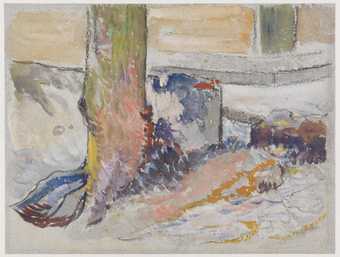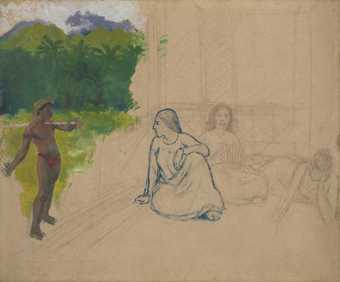Gauguin is one of the world's most famous and best-loved artists from the early 20th century. For the first time in the UK in over 50 years, Tate Modern presents an exhibition dedicated to this master French Post-Impressionist, featuring paintings and drawings from around the world. His sumptuous, colourful images of women in Tahiti and beautiful landscape images of Brittany in France are some of the most popular images in Modern art.
Gauguin was the ultimate global traveller, sailing the South Seas, and living in Peru, Martinique, and Paris among other places. This exhibition explores the role of the myths around the man – Gauguin as storyteller, painting himself as a Christ-like figure or even a demon in his own paintings, religious and mythical symbols in his work, and the manipulation of his own artistic identity. It features many of his iconic paintings, including those showing daily village life from the artist's colony of Pont-Aven in Brittany, nude bathers and haystacks in the Breton landscape, and decorative works such as the carved wooden door panels around Gauguin's hut in the Marquesas Islands in French Polynesia.
Gauguin sought to escape European civilisation in the South Seas. Inspired by Tahiti's tropical flora, fauna and island life, he immersed himself in its fast-disappearing local culture to invest his art with deeper meaning, ritual and myth.




